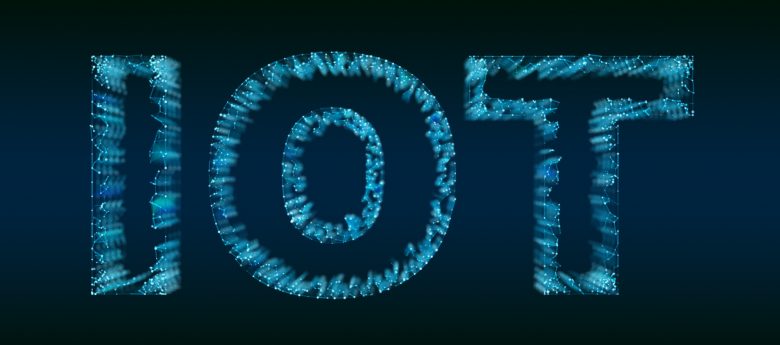Cutting Costs and Maximizing Efficiency with IoT

Today’s remote world has turned dreams of true smart home automation into a reality. With the onset of COVID-19, everyday homes and buildings took on new roles – from workplaces and schools to the doctor’s office and gym. As restrictions lift, some workers will return to their office buildings, while others will remain at home. The common denominator between both is the importance of connectivity and technology to support a number of applications.
Think about it – how many smart devices do you use daily? According to Statista, the average number of connected devices per household in the U.S. was 10 in 2020. With the total number of connected devices in 2021 set to hit 46 billion, we’ll continue to see the average number of Internet of Things (IoT) devices rise, not just in smart homes, but smart buildings too.
What once had a singular function is now extraordinarily smart. From clocks and lights to thermostats and sprinklers, we’re seeing increases in the number of smart devices with the ability to send and receive data in real time, respond to commands and simplify everyday user activities. Whether you plan on staying home as restrictions lift or are readying the office to welcome employees back, IoT-enabled devices will continue to increase efficiencies and cut costs across smart buildings.
Smart Buildings
Over the past few years, smarter, connected technologies in buildings have increased in popularity. Another Statista report predicts the total market size for smart products and technology to reach $53 billion by 2022. The influx of IoT-enabled devices has connected more users to the Cloud than ever before to create new and improved experiences for consumers and workers of all ages.
Here are a few examples of the ways that sensors are helping IoT users cut costs and maximize efficiencies across smart buildings and offices.
Utility Applications
Similar to the smart home, IoT-enabled devices such as smart lighting and thermostats are critical for energy conservation in smart buildings and offices as they provide real-time data on energy use and actionable ways to make changes. Take smart lighting, for example. Using long-range, low-power sensors, users can control lighting remotely to better adjust the amount of time the lights are turned on and off to minimize energy costs. This is extremely useful for large offices and buildings that cater to multiple organizations whose employees may not all work the same 9-to-5 schedule. Similarly, outdoor lighting can tap into motion activated sensors that turn on and off when it’s dark outside, providing employees with an added layer of protection, as well as convenience.
With IoT enablement throughout smart buildings, the lights can respond to other actions across office rooms or theaters, dimming the lights when a presentation or movie begins or reacting to accommodate the specific atmosphere.
Healthy and Efficient Workplace
Monitoring the location and status of people within a given space is a challenge that facility managers have long struggled with to manage space effectively and efficiently. Whether they’re looking to accommodate new tenants, expand office space for existing tenants experiencing company growth, or manage free space, the advent of IoT-enabled occupancy sensors has provided facility managers with accurate, real-time information on space usage. Data extracted from occupancy sensors also provides credible stats on the minimum, average and peak use of workspaces to help managers estimate the amount of space each group of people needs based on their size and use of the space. This helps enterprises save on operating costs.
IoT-enabled occupancy sensors are needed now more than ever with social distancing rules and health and safety being a top priority. IoT devices can help facility managers ensure buildings are compliant with regulations and help tenants feel comfortable utilizing office spaces.
Smart Cleaning
The COVID-19 pandemic has raised facility hygiene awareness among organizations globally. With IoT devices, smart buildings can reopen and resume operations with enhanced cleaning practices. Touchless check-in devices or kiosks automate registration processes and prescreen individuals before entering a building. If you’ve been to the doctor’s office, salon, or dentist in the past year, you’ve likely been asked to check in using your mobile device or an IoT-based system before entering the building. This reduces the likelihood of transferring harmful bacteria and keeps businesses up and running. Predictive cleaning is an additional solution offered by IoT-enabled devices that in real time, measure and improve cleaning service workflows, lowering costs through preventative, predictive maintenance.
Smart building functionalities will continue to become an expectation among building tenants across the globe. As more IoT devices operate alongside each other, long-range, low-power sensors will better connect IoT devices both inside and outside smart buildings to increase efficiencies, cut costs and help maintain health and safety practices.
Marc Pegulu is Vice President, LoRa® and IoT Strategy and Products at Semtech.
